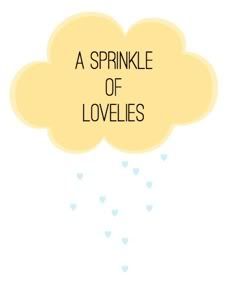What's on Your Dinner Plate?
So I decided to break my blogging silence (not that I was really doing it on purpose) to talk about the new USDA 'food pyramid'. As you can see, it's no longer a pyramid but has been transformed into an interactive plate where you can click on each section to learn more about that portion of the plate. It is a drastic re-vamp of the pyramid, and they even changed the URL from 'mypyramid.gov' to 'choosemyplate.gov'.
Labels: Choose My Plate, health, Mypyramid, Nutrition, USDA
- Elaine said...
-
Very interesting... I agree if it ain't broke does it really have to be messed with? It's refreshing to see that young people like yourself don't always like change either. I hope My Plate takes the "obese" right out of "obesity", and doesn't draw Americans up to the table to "their plate". Great blog.
- jenny said...
-
I completely agree! I like the structure of the pyramid because it doesn't suggest you need one of everything in each meal or "plate". What if I eat a fruit-heavy breakfast, but don't have any at dinner? Is it okay as long as I still get the right amount of servings in over the course of the day?
Also, it suggests we're only allowed to drink our dairy? HOW OPPRESSIVE! ;) - Kara said...
-
I thought this post was super fab! I know that nutrition is a HUGE issue for a lot of kids and families in AZ (are you still working at WIC? I can't remember where you landed recently) and it's something a lot of folks in non-profits work hard to promote. I like the old-school pyramid - seems simpler and easier to understand visually. I've seen the plate-percentage thing before and I think it's also a good tool, but I agree that it's not the be-all end-all of nutrition and should work in conjunction with the pyramid as maybe a guideline.
Also, these charts don't account for the fact that women need different balances of nutrients in their diets than men. I think overall nutrition is just too complicated of an issue to wrap up all in a tiny graph!
Subscribe to Post Comments [Atom]
















